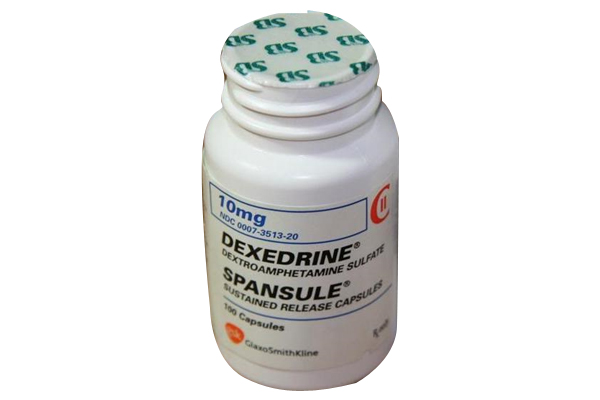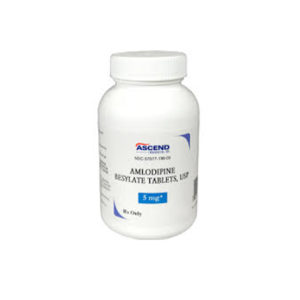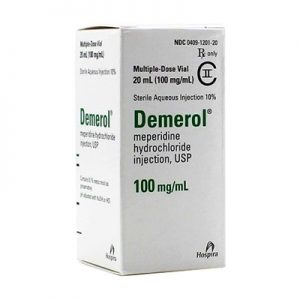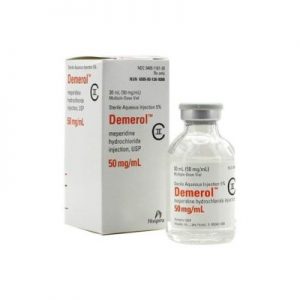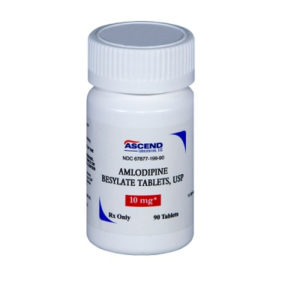Description
CAN I BUY DEXEDRINE SPANSULE 10 MG DEXTROAMPHETAMINE SULFATE CAPSULES ONLINE
Dexedrine Spansule 10 mg Dextroamphetamine Sulfate is the dextro isomer of the compound d,1-amphetamine sulfate, a sympathomimetic amine of the amphetamine group. Chemically, dextroamphetamine is d-alpha-methylphenethylamine, and is present in all forms of DEXEDRINE as the neutral sulfate.
SPANSULE CAPSULES
Each SPANSULE sustained-release capsule is so prepared that an initial dose is released promptly and the remaining medication is released gradually over a prolonged period.
Each capsule, with brown cap and clear body, contains dextroamphetamine sulfate. The 5-mg capsule is imprinted 5 mg and 512 on the brown cap and is imprinted 5 mg and ap on the clear body. The 10-mg capsule is imprinted 10 mg-513-on the brown cap and is imprinted 10 mg-ap-on the clear body. The 15-mg capsule is imprinted 15 mg and 514 on the brown cap and is imprinted 15 mg and ap on the clear body. A narrow bar appears above and below 15 mg and 514. Product reformulation in 1996 has caused a minor change in the color of the time-released pellets within each capsule. Inactive ingredients now consist of cetyl alcohol, D&C Yellow No. 10, dibutyl sebacate, ethylcellulose, FD&C Blue No. 1, FD&C Blue No. 1 aluminum lake, FD&C Red No. 40, FD&C Yellow No. 6, gelatin, hypromellose, polyethylene glycol, povidone, sodium lauryl sulfate, sugar spheres, and trace amounts of other inactive ingredients.
NARCOLEPSY DEXEDRINE SPANSULE 10 MG DEXTROAMPHETAMINE SULFATE
ATTENTION DEFICIT DISORDER WITH HYPERACTIVITY
As an integral part of a total treatment program that typically includes other measures (psychological, educational, social) for patients (ages 6 years to 16 years) with this syndrome. A diagnosis of Attention Deficit Hyperactivity Disorder (ADHD; DSM-IV) implies the presence of the hyperactive-impulsive or inattentive symptoms that caused impairment and were present before age 7 years. The symptoms must cause clinically significant impairment, e.g., in social, academic, or occupational functioning, and be present in 2 or more settings, e.g., school (or work) and at home. The symptoms must not be better accounted for by another mental disorder. For the Inattentive Type, at least 6 of the following symptoms must have persisted for at least 6 months: lack of attention to details/careless mistakes; lack of sustained attention; poor listener; failure to follow through on tasks; poor organization; avoids tasks requiring sustained mental effort; loses things; easily distracted; forgetful. For the Hyperactive-Impulsive Type, at least 6 of the following symptoms must have persisted for at least 6 months: fidgeting/squirming; leaving seat; inappropriate running/climbing; difficulty with quiet activities; “on the go”; excessive talking; blurting answers; can’t wait turn; intrusive. The Combined Type requires both inattentive and hyperactive-impulsive criteria to be met.
